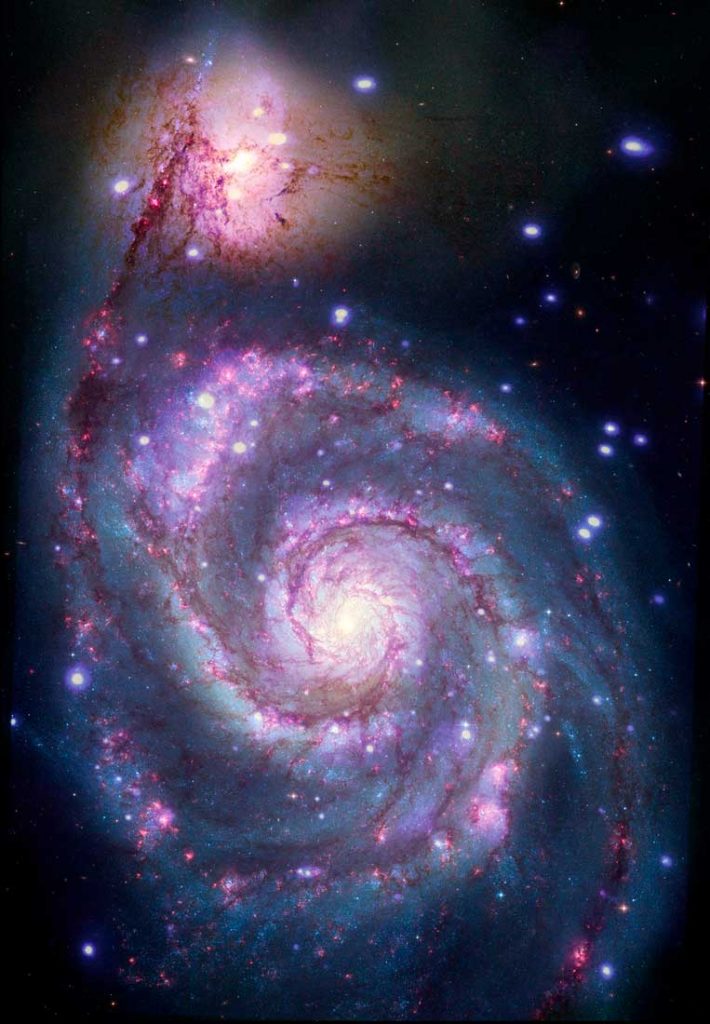A planet is transiting a star outside the milky way, and this could very well be the first-ever planet discovered beyond our Galaxy.
How is this special?
This planet is far, far away.
Up until now, all exoplanets (planets outside our solar system) and exoplanet candidates were discovered within the Milky Way Galaxy, and they are less than 3,000 light-years away from earth.
The possible exoplanet candidate now in discussion is located in another galaxy; a spiral galaxy called Messier 51. (The Messier 51 or M51 is also called the ‘Whirlpool Galaxy’ because of its profile)

How was it located?
The planets transiting around a star block the light emitting from that star and cause dips in its brightness. This is how exoplanets or exoplanet candidates are usually found by NASA’s Kepler and TESS missions.
Scientists at the Chandra Observatory now searched for dips in the brightness of the X-rays emitted from the area to locate possible planets outside our Milky Way.
In NASA’s words –
“These luminous systems typically contain a neutron star or black hole pulling in gas from a closely orbiting companion star. The material near the neutron star or black hole becomes superheated and glows in X-rays.
Because the region producing bright X-rays is small, a planet passing in front of it could block most or all of the X-rays, making the transit easier to spot because the X-rays can completely disappear. This could allow exoplanets to be detected at much greater distances than current optical light transit studies.”
Is the new planet confirmed then?
According to NASA, the exoplanet candidate in M51-ULS-1 could be as big as Saturn, orbiting the neutron star or black hole at about twice the distance of Saturn from the Sun.
The planet’s large orbit means that it won’t cross its binary partner for another 70 years, and the verification is not possible for decades.